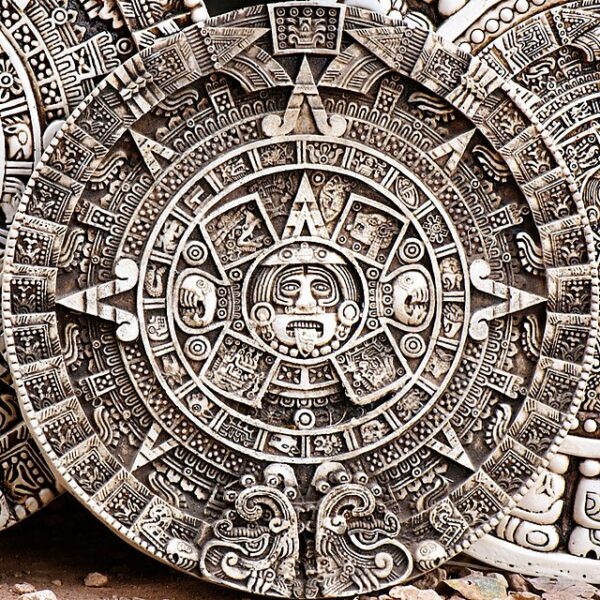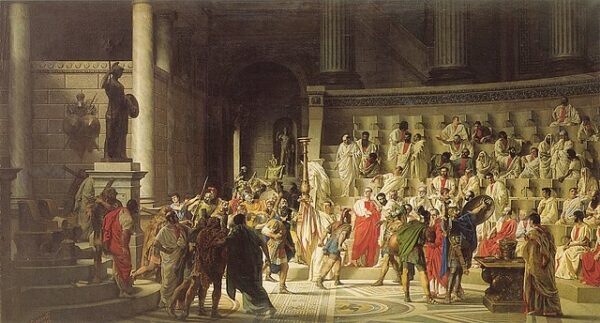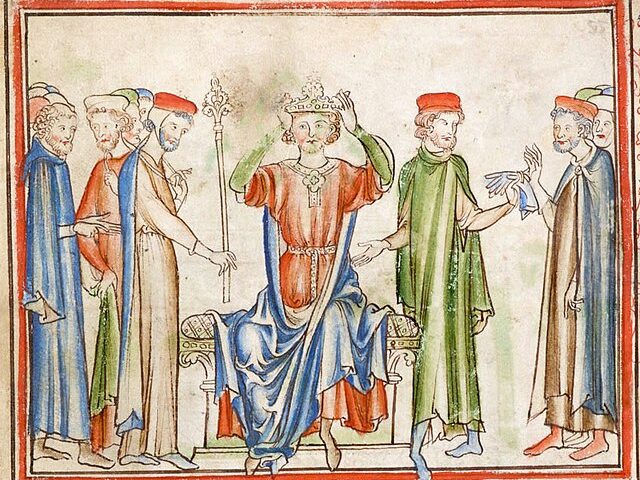On August 11, 3114 BC, time began. That is, at least if you were an ancient Mayan. The Mayan Long Count calendar, an intricate and sophisticated timekeeping system, has captivated scholars and historians for centuries. Its origins trace back to the ancient Maya civilization, known for its advanced mathematical and astronomical achievements. The calendar’s significance lies not only in its precision but also in its role as a cultural and religious guide for the Maya people.
August 11 served as a pivotal moment because it corresponds to the starting date of the current Great Cycle, often referred to as the “creation date.” This date, inscribed as 13.0.0.0.0 in Long Count notation, is believed to represent the beginning of the universe according to Mayan cosmology. Scholars debate the exact correlation between this date and our Gregorian calendar, but it’s generally thought to fall around 3114 BCE. This momentous starting point underscores the Mayans’ deep connection to cosmic cycles and their belief in cyclical time rather than linear time.
The Mayan Long Count calendar is comprised of several units working together to measure time on different scales. The kin, the base unit, represents a single day. Twenty kins make up a uinal, 18 uinals form a tun, and 20 tuns constitute a k’atun. These units align to create larger cycles, culminating in the b’ak’tun, which spans 144,000 days or approximately 394.25 years. It’s within these cycles that the Maya organized their religious ceremonies, agricultural activities, and historical events.
The Long Count calendar’s intricate system allowed the Maya to track time with remarkable accuracy. They achieved this through their understanding of astronomy, mathematics, and careful observation of celestial bodies. Significantly, the calendar incorporates the synodic periods of Venus and the moon, as well as the solar year, displaying the Maya’s advanced astronomical understanding while revealing what they spent their free time thinking about.
This precision wasn’t merely practical; it held deep cultural and religious significance, intertwining the Mayans’ daily lives with their spiritual beliefs. Britannica explains, “The original name of the 260-day cycle is unknown; it is variously referred to as the Tzolkin (“Count of Days”), divinatory calendar, ritual calendar, or simply the day calendar. Within the Tzolkin are two smaller cycles of days numbered from 1 to 13 and an ordered series of 20 named days. Although the names for the ritual days differed throughout Mesoamerica, scholars believe that the various calendars were synchronized based on their use in divination. In particular, each named day was thought to have certain fateful characteristics, but most of the details have been lost. Although the ritual day series was synchronized throughout Mesoamerica, the start of the 365-day year varied.”
The Mayan calendar encapsulated their intricate understanding of time, mathematics, and astronomy, highlighting their cultural and religious values, and it began on this date over 5000 years ago.






